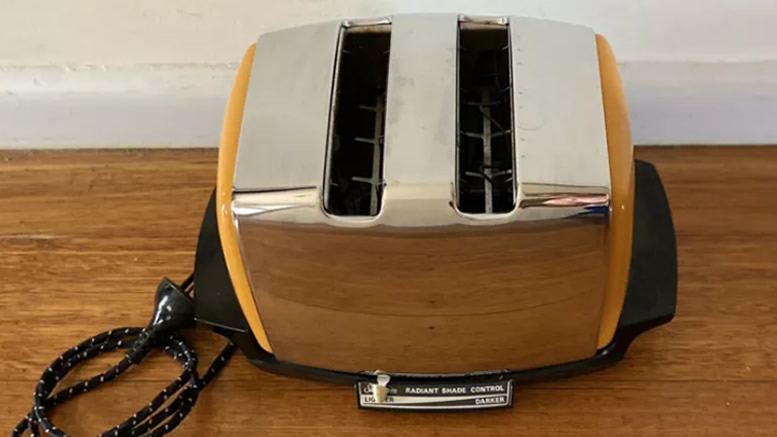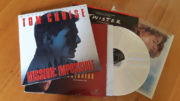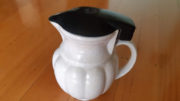 Until the start of the 20th century, toasting was carried out by holding the bread on a long fork over an open fire. The first electric toaster was released by the General Electric Company in the United States in 1909. The early toasters did not have a thermostat and the toast was often burnt.
Until the start of the 20th century, toasting was carried out by holding the bread on a long fork over an open fire. The first electric toaster was released by the General Electric Company in the United States in 1909. The early toasters did not have a thermostat and the toast was often burnt.
The problem was eased in 1919 when Charles P Strite from Minnesota in the United States developed the pop-up toaster as we know it today. His design used a clockwork mechanism that released a spring at the set time. Charles’ toaster was first sold in the USA in 1925 as the toastmaster and was a huge success. Some of today’s toasters also use a clockwork or sometimes even a digital timer, while others have also been known to used a bimetallic strip which is a type of metal that can bend or unwind when coiled into a spring when heated.
Brands and style’s of toaster design come and go but one company seemed to got it right. The Sunbeam Toastamatic was first produced in the 1949 and popular across Australia and the United States. Also known as the T-20 radiant control toaster it featuring automatic lowering and raising of the bread, its classic design was sold until the 1996 in various revisions. Today’s market demand for retro toasters with many features prompted Sunbeam Australia to reproduce the Toastamatic as the Toastamatic 2 in 2001. This new unit was a similar style to the first ones sold in 1960 but the bread now inserted longways and it had an extra button to put the toaster in an extra long defrost mode as well as cancel button. Despite the quality of toaster it only remained on the market for a few years, we assume its high price tag resulted in fewer sales than their more economical models. Today the classic Sunbeam T-20 series of toaster are much sort after by collectors and good examples can fetch large prices.




